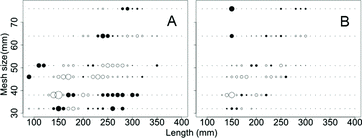Figures & data
Figure 1. Location of four sample sites (M, K, G, and EC) located in the Indiana waters of Lake Michigan from 2007 to 2012.
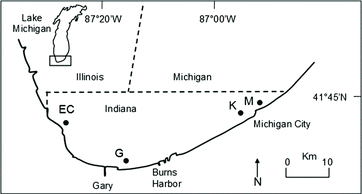
Table 1. Summary statistics of yellow perch Perca flavescens collected in the micromesh gill nets. Mesh size, minimum, maximum, median, and averages in mm.
Table 2. Results of model selection with the SELECT method for micromesh gill net selectivity estimates of yellow perch Perca flavescens collected in southern Lake Michigan, 2007–2011, only for mesh sizes 12.5, 16, 20, and 25 mm. The model with the lowest deviance statistics was considered the best.
Figure 2. Gill net selectivity of combined sex yellow perch based on the log-normal distribution for 12.5, 16, 20, and 25 mm mesh sizes of micromesh gill nets (2007–2011) and 32, 38, 46, 51, 64, and 76 mm mesh sizes of large mesh gill nets (2010–2012) in southern Lake Michigan.
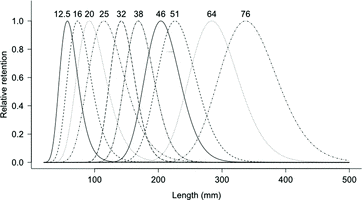
Figure 3. Deviance residual plot for the selection curves fit to combined sex yellow perch based on (A) the log-normal distribution for 12.5, 16, 20, and 25 mm mesh sizes of micromesh gill nets (2007–2011) and (B) 32, 38, 46, 51, 64, and 76 mm mesh sizes of large mesh gill nets (2010–2012) in southern Lake Michigan. Mesh sizes 12.5–46 mm were monofilament and 51–76 mm were multifilament. Circles represent residual values (open positive; closed negative), with the area of the circle proportional to the square of the residual.
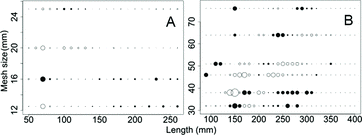
Table 3. Summary statistics of yellow perch Perca flavescens collected in large mesh gill nets. Mesh size, minimum, maximum, median, and average are in mm.
Table 4. Results of model selection with the SELECT method for experimental gill net selectivity estimates of yellow perch Perca flavescens collected in southern Lake Michigan, 2010–2012, for mesh sizes 32, 38, 46, 51, 64, and 76 mm. The model with the lowest deviance statistics was considered the best. Parameter estimates are means and standard errors (SE).
Table 5. Female and male yellow perch Perca flavescens modal lengths (mm) from best fit selectivity models.
Figure 4. Gill net selectivity of female (A) and male (B) yellow perch based on the log-normal distribution (female) and normal with proportional spread (male) for 32, 38, 46, 51, 64, and 76 mm mesh sizes in southern Lake Michigan, 2010–2012.
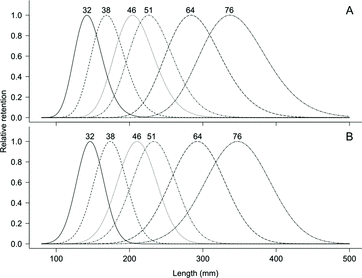
Figure 5. Deviance residual plot for the selection curves fit to female (A) and male (B) yellow perch based on the log-normal distribution (female) and normal with proportional spread (male) for 32, 38, 46, 51, 64, and 76 mm mesh sizes of large mesh gill nets (2010–2012) in southern Lake Michigan. Mesh sizes 32–46 mm were monofilament and 51–76 mm were multifilament. Circles represent residual values (open positive; closed negative), with the area of the circle proportional to the square of the residual.
